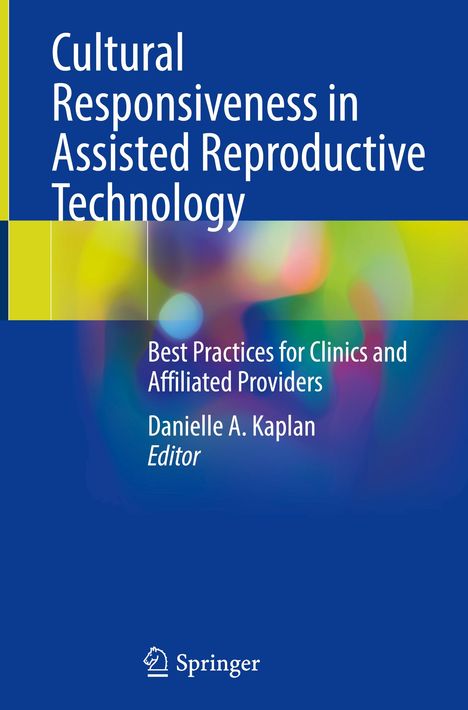Cultural Responsiveness in Assisted Reproductive Technology, Gebunden
Cultural Responsiveness in Assisted Reproductive Technology
- Best Practices for Clinics and Affiliated Providers
(soweit verfügbar beim Lieferanten)
- Herausgeber:
- Danielle A. Kaplan
- Verlag:
- Springer Nature Switzerland, 12/2024
- Einband:
- Gebunden
- Sprache:
- Englisch
- ISBN-13:
- 9783031762031
- Artikelnummer:
- 12145531
- Umfang:
- 352 Seiten
- Gewicht:
- 755 g
- Maße:
- 241 x 160 mm
- Stärke:
- 24 mm
- Erscheinungstermin:
- 20.12.2024
- Hinweis
-
Achtung: Artikel ist nicht in deutscher Sprache!
Klappentext
Cultural Responsiveness in Assisted Reproductive Technology discusses best practices for creating an ART practice that is welcoming to and responsive to the unique needs of patients from a variety of racial, ethnic, and religious backgrounds. Rather than focusing solely on outcomes for patients who are already undergoing treatment, the emphasis here is on creating a practice environment in which patients from diverse backgrounds are welcomed, understood, and treated according to their unique cultural needs. This volume contains 18 chapters divided into 4 parts. Part 1 seeks to understand potential issues related to race, ethnicity, culture, implicit bias, and access to care. Part 2 discusses medical considerations in ART within diverse populations, while Part 3 covers cultural considerations in ART in diverse populations. Finally, Part 4 proposes interventions to address the issues discussed throughout the book as well as strategies for culturally responsive practice management.
This book was written by reproductive endocrinologists, nurses, clinician educators, and mental health professionals specializing in infertility counselling and is intended to provideupdated information on ART outcomes among members of different racial and ethnic groups, as well as discuss factors that influence the experiences of patients from diverse populations in ART treatment.


